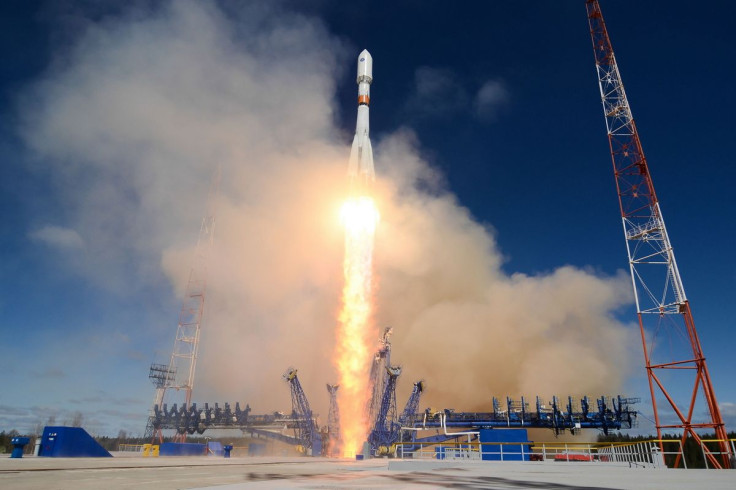Fireball Sightings In Australia: Russia's Military Satellite Launch Is Responsible

KEY POINTS
- Russia launched a rocket with a classified payload Friday
- Hours after the launch, people in Australia spotted a fireball in the sky
- The fireball was likely space debris from the launch
Russia launched a military satellite last week, successfully delivering it into the intended orbit, with the debris from it prompting fireball sightings in Australia.
The Russian space agency Roscosmos announced Friday that it successfully launched the Soyuz-2 space rocket from the Plesetsk Cosmodrome in Arkhangelsk Oblast. The rocket was reportedly carrying a "classified" payload believed to be the fourth satellite for Russia's constellation designed to provide early warnings about ballistic missile launches.
According to RussianSpaceWeb.com, a publication had written about the May 22 launch on May 11, asking residents to stay away from the impact site, which was about 1,200 kilometers from the launch site, as fragments of the rocket were expected to fall. Subsequent warnings were also issued for air and sea traffic near the Tasmanian coast as well as the Ukhta and Tobolsk regions in Russia.
"The separation of the Fregat upper stage from the third stage of the launch vehicle took place at 10:41 Moscow Time, the Ministry of Defense announced," RussianSpaceWeb.com wrote. "Many eyewitnesses in Tasmania reportedly saw the expected reentry of the third stage over the region."
In fact, people in the affected areas did witness a bright fireball whizzing overhead at the time. In a video captured by Melissa Aldridge and shared by Vic Storm Chasers on Twitter, the bright fireball can be seen whizzing overhead before faltering close to the horizon.
EPIC!! Check out this incredible vision captured by Mel Aldridge not long ago at Cashmore near Portland! We're getting plenty of reports. @abcmelbourne pic.twitter.com/1KuldCy6OJ
— Victorian Storm Chasers (@VicStormChasers) May 22, 2020
In an image taken by Luka van de Wolfshaar and shared by ABC Hobart, also on Twitter, the bright debris fireball can be seen clearly above the rooftop of a house.
☄️ AMAZING! ☄️
— ABC Hobart (@abchobart) May 22, 2020
This was just visible over Tasmania tonight. Did you see it?
📷: Luka van de Wolfshaar in Devonport pic.twitter.com/hNFzb8TVL8
According to the University of Southern Queensland's astrophysics professor, Jonti Horner, the slowness of the object points to the high possibility that what many people saw was actually space junk.
"The slow speed, about 6 kilometers per second, is a very telltale sign that it is space junk," Horner told the Australian Broadcasting Corporation (ABC), noting the possibility that it may have been a part of the Russian rocket that was launched mere hours before the sightings.
At that speed, it is considerably slower than the space rocks that enter the atmosphere. For instance, according to the American Meteor Society, typical meteors enter the atmosphere at speeds ranging from 11 km/sec to 72 km/sec.
"Astronomy is a detective story, it's very cool, I love seeing things like this," Horner said.
© Copyright IBTimes 2025. All rights reserved.






















